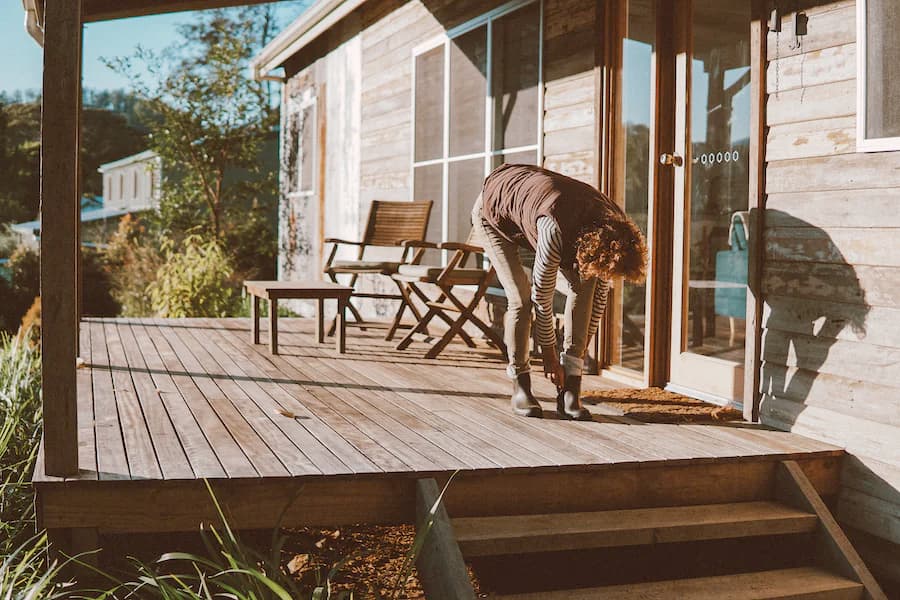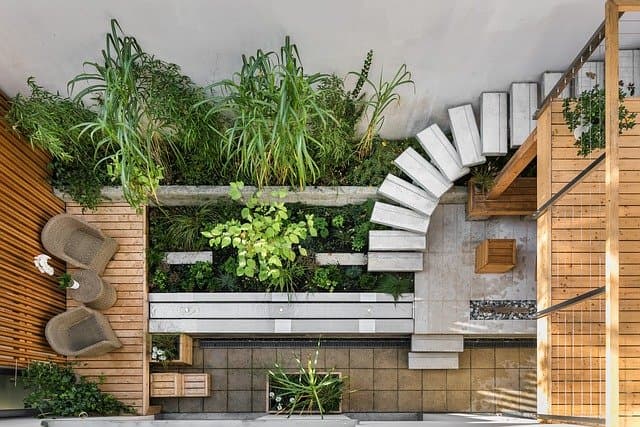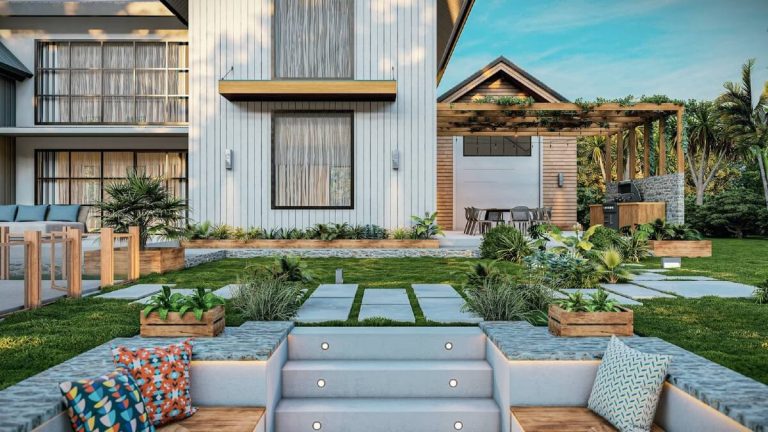Expert Design Tips To Keep In Mind When Building Your Dream Deck
Your deck can be your haven. It can be the place where you unwind after a long day, where you spend lazy summer afternoons and take in the glory of autumn sunsets. Of course, your deck can be a place where you’re faced with a long to-do list every time you step outside.
The following will look at a few expert tips you can employ when building your deck to help ensure your deck space creates the former experience rather than the latter.
Table of Contents
Know Your Practical Needs
Before you get into the fun of designing your deck, you need to think about the practical elements involved. Foremost, you need to know what temperatures and weather conditions your deck needs to be able to withstand.
You don’t want to be replacing parts of your deck all the time. You don’t want to be refinishing your deck more than once a year (and really, you probably want to be doing it only once every few years). And you don’t want all your hard work to warp and fade quickly, leaving your deck with a lackluster appearance. Look up the average temperatures in your area as well as the average precipitation throughout the seasons.
Second, you need to think about how your deck is going to be used and whether there are any additional features you need your deck to work with. How much weight does it need to support? How high off the ground is it going to be? Are there elements like a pool or hot tub that will be incorporated into the design? Are there focal points within your garden you want to include? How much seating area do you need? Is the deck going to be part of the structural integrity of your home?
With these limitations and requirements in mind, form a list of needs your deck has to meet. As you begin the design process, run all your choices past this list and eliminate any options that don’t meet your practical needs. It doesn’t matter how pretty a deck was when it was first built; if it’s falling apart, it’s going to look terrible.
Select Your Material
The material you build your deck out of is going to influence what characteristics and aesthetic options are available to you. Wood and composite are both common options, but within these options, there is a ton of variety in hue and temperament as well as care requirements.
People who have environmental concerns on their minds are often satisfied by installing composite decking. Those who are looking for a rustic feel might prefer redwood. Take the time to learn about what material has to offer, but also what it looks like when it’s aged.
You don’t want to be replacing your deck too quickly because you didn’t like the way your chosen material faded. Some of the most popular options include pressure-treated wood, composite wood, cedar, and tropical hardwoods.
Clear Out The Existing Deck
If you’re replacing an existing deck, it’s hard to design a new deck with the old one staring at you. This can easily limit your thinking in terms of possibilities. Remove the old deck, and its components early on in the design process so you can better examine the space you’re working with and prevent the old design from influencing your work too much.
Once this is done, you can level out the ground you’re going to be building on. It’s a good idea to clear another six to eight feet around the site of large obstructions like tree roots, as this will make it easier for you to work.
Research Codes And Permits
Depending on where you live, there might be codes or permits you need to work with when designing a deck. It’s better to figure this out early on rather than discover partly through the process that the design you’ve chosen doesn’t meet specific standards.
Check in with your municipal government or township about any restrictions you have when it comes to building a deck. You might also find your construction is delayed as you await approval of your permit. Starting this process early on can help ensure you keep your project to a desirable timeline.

Basics
There are a few deck design basics you need to keep in mind as you plan out your dream deck. The first is that you shouldn’t make your deck flush with the door that opens out onto it. You want to drop the deck at least three inches from the height of your door.
The second is that you’re likely going to have to dig holes for support posts to go into; if an area is particularly rocky or difficult to dig in, this might influence your layout choices.
Third, know that the standard hallway width for homes is around 42 inches across; anything less than 36 gets uncomfortable. Make sure there’s enough space for people to walk comfortably throughout the entire deck.
Get Physical
When you’re thinking about deck design, you’re probably scribbling on a piece of paper. Of course, this is a good way to get your creativity flowing, but it’s also useful to get out into the space and mark, using string or painter’s tape, the different ideas you have.
This can let you get a better sense of what you’re thinking about and help design a plan that feels good to be inside of rather than one that simply looks good on paper. Sometimes something seems like it might be ideal, but then you realize there’s not enough legroom or there’s no way for people to access certain seating if one chair is filled.
Once you have a layout you’re pleased with, you can either reach out to a deck-building company or research the steps of building when you’re doing it yourself. If you’re building the deck yourself, be sure to follow all safety recommendations from manufacturers when using tools.
A well-designed deck can make your backyard a magical place to be. Once your deck is complete, you can begin decorating it, adding furniture, and incorporating natural elements like plants and bird feeders. Consider altering some of your decor features depending on the seasons and what natural colors exist all around you. And don’t be afraid to change things up if you’re not happy with what you have or if your family changes size or shape.







